
Toxic Herbs Alert
Herbs have been used in rituals and traditional medicinal practices for a very long time. But just because they are organic, natural, and long-standing does not mean all herbs are safe. That’s why proper guidance matters — and why herbs used correctly can be life-saving.
Some herbs are toxic if taken too much and may cause severe allergic reactions. Most herbs, particularly in their supplement form, may interact with pharmaceuticals and must be taken cautiously and with the doctor’s advice.
This isn’t about fearing herbs — it’s about understanding which ones to avoid, how to use the right ones safely, and why good guidance matters.
Dangers of Herbs
Traditional medicine has played a role in the development of modern medicine. It paved the way for drug discovery and countless ways of treating health conditions.
Its involvement in modern science allows scientists to extract the healing properties of plants and discover the dangers that arise from their consumption.
Herbal use can be toxic in many ways because of:
- Overdosage in excessive use
- Contamination with pesticides, heavy metals, and microorganisms
- Herb-drug interactions
- Improper use or indications
- Adverse allergic reactions
❗ Not all herbs are safe, especially if you’re foraging blindly or mixing without guidance.
That’s why herbalists train for years — and why I always cross-check with trusted guides like this one.
If you’re using herbs but don’t know how to spot dangers, interactions, or plant lookalikes, please don’t guess. That’s how people get hurt.
Toxic Herbs
Herbs with stimulant properties are the frequently reported herbs with expected toxicities. The common herbs determined by a published article review on Dietary Supplements and Herbal Toxicities include aconitum species, ephedra, lobelia, and datura, among others.
In brief, here are a few of the toxic and risky herbs that you must be cautious of:
1. Ephedra (Ephedra sinica)
Ephedra is an herbal stimulant that relieves pain and increases energy and endurance. Its thermogenic properties boost the metabolism, making it significant for weight loss and increasing sports performance.
However, in high dosage, ephedra may increase blood pressure, which risks heart attack, stroke, and seizure.
Long-term use of ephedra also results in tachyphylaxis (diminished drug effectiveness) and abnormal blood flow.
Ephedra is rarely used in modern herbal remedies today — and when it is, it’s under strict guidance. Most everyday herbal formulas never include it.
2. Datura
All Datura species, including jimsonweed, angel’s trumpet, and thornapple, contain poisonous and psychoactive ingredients. They may cause nervous system problems like hallucination, delusion, and psychosis.
In low and monitored use, Datura counters excessive sweating, respiratory problems, sciatic pain, and bed wetting. However, only a qualified herbal health practitioner can determine the appropriate dosage for each patient.
This is not something you’ll ever find in a home remedy book — and for good reason. But knowing how to spot and avoid it is what keeps you safe while foraging.
3. Lobelia (Lobelia inflata)
Lobelia has been used for centuries as an herbal remedy for respiratory problems and depression. It is also a nicotine agonist, which is purported to help with smoking cessation, although more trials are needed to determine its efficacy.
The lack of safety research on lobelia renders it unstandardized for use. In large doses, it can cause serious toxic effects and must be avoided by people with existing heart and stomach disorders.
While once common in folk remedies, Lobelia isn’t widely used anymore. Herbalists today prioritize safer alternatives, and if you’re guided well, you won’t accidentally misuse it.
4. Wolf’s Bane (Aconitum napellus)
Wolf’s bane, or monkshood, is very toxic. Aconitum species have been widely used in Western and Eastern medicines for neuralgia, rheumatism, and gout.
Aconite poisoning can result in death when taken a little over the recommended dose. Some cases of wolf’s bane poisoning involve people confusing the plant for something edible.
This is one of those plants that looks beautiful but hides danger, and it’s exactly why learning plant ID from real experts is non-negotiable.
5. Castor Bean (Ricinus communis)
Castor oil is extracted from castor beans. It is used as a purgative and dry skin emollient.
Castor bean seeds contain ricin, one of the deadliest natural poisons that is more poisonous than cyanide and venom. Ingestion in small amounts causes seizures and severe abdominal pain, while it will only take four seeds to kill an average adult.
When processed, ricin is included in the waste mash and does not occur in the resulting pure oil.
Castor oil is safe and widely used — the danger lies in the raw seeds. Thankfully, good herbal recipes use only the properly processed oil, not the whole bean.
6. Pennyroyal (Mentha pulegium)
Pennyroyal is used as an oil to alleviate rheumatic pain and repel fleas and insects. Traditionally, it was used as an abortifacient and for treating scanty menses.
But, pennyroyal oil is highly toxic and fatal when ingested. It may cause acute liver injury and renal failure. It can even lead to death in severe cases.
Pennyroyal tea and leaf extracts must also be used with extreme caution. High dosage does not only cause abortion but may also be fatal for the mother.
The oil is dangerous when ingested — but most herbalists today avoid using it internally. Safe, low-dose uses still exist topically, but only with clear instruction.
7. Herbs with Pyrrolizidine Alkaloids
Pyrrolizidine alkaloids (PA) is a plant compound that may cause liver toxicity when consumed in large amounts. It is found in several herbs and spices like butterbur, coltsfoot, and licorice.
Borage and comfrey also contain PA, which increases the risk of cancer when their herbal infusions and supplements are taken in large amounts.
Most of these herbs aren’t even used in common remedies, and the ones that are, only when prepared correctly by trained herbalists.
These herbs can be powerful allies when processed to remove PAs — but that’s exactly why not all teas and supplements are created equal. You need to know what you’re buying.
8. Some Mushrooms
Mushrooms are nutritious fungi that are widely used as medicine. However, not all mushroom species are safe for consumption. Foragers are encouraged to be cautious when dealing with mushrooms in the wild because of their potential toxicity.
Some species may affect the gastrointestinal tract, nervous system, liver, and kidneys. Varieties of death cap, destroying angel, web cap and cone cap mushrooms are unsafe for ingestion. Earthball mushrooms are also toxic and are sometimes mistaken as edible puffball mushrooms.
Most mushroom poisonings happen when foragers guess. But once you know the safe lookalikes — and who to trust — mushrooms become some of the most restorative allies in nature.
Yes — some mushrooms can kill. But others? They can rebuild your brain.
Just like the four inside this bundle, are your best line of defense against brain fog, low immunity, and creeping fatigue.
🧠 Lion’s Mane – Stimulates new brain cell growth, boosts memory, and clears mental fog
🫁 Cordyceps – Supports lung health, stamina, and recovery from chronic exhaustion
😴 Reishi – Calms the nervous system, reduces stress, and helps you sleep deeply
❤️ Turkey Tail – Balances blood sugar, supports gut health, and strengthens immunity
Every tincture is dual-extracted for full potency and made by one of the world’s most trusted herbalists.
9. Contaminated Herbs and Spices
Herbal medicines are not safe from environmental contaminants. Residual pesticides, heavy metals, and other environmental toxins may be present in herbs, particularly in their aerial parts.
Herbal preparations are also at risk of mycotoxin contamination. Mycotoxins are toxic metabolites caused by certain fungi often arising from improper production and storage.
Many herbs and spices we use daily, or as medicine, may be contaminated. Cumin, turmeric, thyme, paprika, and ginger are some spices possibly exposed to contaminants.
Herbs susceptible to aphids, such as basil, cilantro, sage, rosemary, and dill, may also be contaminated with pesticides.
But don’t panic — there are still clean, safe ways to source your herbs. That’s why I only use trusted methods and teach people how to find uncontaminated options, even at stores.
If you’re serious about getting better, you can’t just treat symptoms — you need to understand the hidden triggers making you sick in the first place. This guide gives you the full picture: what’s actually causing your fatigue, your pain, your immune crashes — and which herbs truly fix it. It’s the roadmap I wish I had years ago.
👉 Click here to take a holistic approach that actually works.
10. Herbs That Interact With Drugs
While some herbs have synergistic properties, others are so potent they must not be combined with other herbal and allopathic medicines.
The common herb-drug interaction may affect blood coagulation, blood pressure level and heart and nervous functions.
Plant compounds may also increase or decrease the potency of conventional drugs, which can complicate the disease and cause adverse effects.
Herbs that must be used with caution when paired with other herbs include:
- John’s wort
- Kava kava
- Valerian
- Ginseng
- Ginkgo biloba
- Hawthorn
- Licorice
- Dong Quai
- Feverfew
These herbs aren’t “bad” — in fact, they’re potent enough to matter. With the right guidance, you can avoid dangerous combinations and use them to your benefit.
How To Consume Herbs Safely
Herbal users trust herbal products as medicine, assuming they are harmless. They also do not volunteer this information to doctors, leading to a dangerous herb-drug interaction.
To ensure safety, always consult your doctor before taking any herbal medicine, especially if you have an existing health condition and are taking prescription medication.
Evaluate herbal safety and use them properly as indicated for specific conditions.
Be careful when foraging herbs in the wild to avoid mistaking poisonous plants with their edible look-alikes.
Research on the toxicity and side effects before using any herb.
Source herbs and spices from reliable suppliers to avoid the health risks of contaminated herbs.
🌿 This Is Where Most People Go Wrong With Herbs…
They think natural means safe. They throw a handful of leaves into a tea. They watch a half-baked video online. And then? Stomach pain. Rashes. Even organ damage.
That’s why I don’t touch a wild herb — or even a store-bought one — without first checking what real herbalists say.
Inside The Lost Remedies Academy, you’ll learn directly from a survival herbalist and biologist how to:
• Identify medicinal herbs in the wild — without confusing them for lookalikes that can poison you
• Safely harvest, dry, and store herbs so they don’t rot, mold, or lose potency
• Create your own tinctures, salves, teas, and syrups — without needing a lab or a garden
• Understand how herbs interact with your body, your gut, and your immune system
• Avoid the deadly plant families and spot them even if they grow in your backyard
• Dose correctly, combine herbs smartly, and avoid mixing remedies that clash
And because it’s video-based, you’ll see the plants in every season and stage. No more guessing from blurry internet photos.
📚 Whether you’re foraging your own or just want to use that tea you bought at the store safely — this is the kind of education that can protect you and your family for life.
👉 Click here to get inside The Lost Remedies Academy— and stop treating herbal medicine like a game of chance.
Valerian Tea
Valerian is an herbal sleep aid that must be taken with caution. Valerian is extremely useful when used correctly, but like many powerful remedies, it needs proper dosage and caution. Too much valerian may cause hallucinations, cognitive decline, and liver damage.
It is also a powerful sedative that must not be taken with other sedatives, either conventional or herbal.
Ingredients
- 1 tsp dried valerian root
- 1 cup boiling water
Steps
- Place valerian root in a cup or tea ball infuser.
- Pour 1 cup of boiling water over it.
- Steep for 5 to 10 minutes.
To use: Take valerian root tea 1 to 2 hours before bedtime for at least two weeks. Do not take it for more than a month without consulting your doctor.
🌿 If You’re Going to Use Herbs… Learn to Use Them Right
Valerian might help you sleep. But too much — or the wrong combo — and you’re looking at hallucinations, liver damage, or worse.
That’s why I rely on The Forgotten Home Apothecary. Nicole doesn’t just give you recipes — she gives you exact doses, how to mix herbs without dangerous overlap, and even when not to use a plant at all.
That’s why I don’t rely on Google or guesswork anymore. And definitely not on TikTok.
I keep this lifesaving book close — because it gives me the full story. Not just what a plant can do… but how to use it, how to dose it, and what not to combine it with.
This isn’t a list of plants — it’s an herbal survival manual. One that shows you how to make:
• Nature’s Amoxicillin – a powerful herbal tincture that fights infection fast
• The Herbal Parasite Flush – 3 herbs that can sweep out gut intruders naturally
• The Heavy Metal Detoxifier – made with 2 roots that pull toxic metals out of the body
• The Hair Growth & Recovery Serum – designed to restore thinning hair at the root
• The Lymph-Skin Cleanser – flushes out toxins and helps with acne, eczema, and breakouts
• The Nail Fungus Killer – a poultice that attacks even deep-seated fungal infections
• The Swelling & Bruise Cream – made with cayenne and ginger to speed up healing
• The Herbal Antihistamine Elixir – calms allergic reactions and itchy flare-ups
• The Gut-Healing Tea – for IBS, bloating, and leaky gut
• The Lung Congestion Steam Blend – breaks up mucus and eases breathing fast
• The Tooth & Gum Repair Powder – protects enamel and soothes inflammation
• The Herbal Burn Remedy – cools, heals, and protects skin damaged by heat
• The Wound Sealing Powder – stops bleeding and prevents infection
• The Infection-Soothing Spray – a usnea-based remedy that kills bacteria on contact
• The Herbal Pain-Relief Oil – a natural alternative to over-the-counter creams
• The Sore Throat Gargle – with sage, salt, and astringents that tighten tissues
• The Sinus Clear Salve – rub it under your nose and breathe again
• The Immunity-Supporting Syrup – with elderberry, echinacea, and antibacterial herbs
• The Herbal Eye Wash – for styes, pink eye, and tired, dry eyes
• The Bug Bite Balm – takes out the sting and stops the swelling
• The First Aid Poultice – a clay-based remedy that draws out infection, pus, or venom
• The Natural Migraine Oil – targets head pain without meds
• The Blood Sugar & Pressure Tea – made with herbs that calm your entire system
📖 These aren’t just recipes — they’re remedy blueprints. Step-by-step, proven formulas designed to keep you from making dangerous mistakes.
👉 Click here to explore The Forgotten Home Apothecary — and discover the remedies that herbalists keep for when it really matters.






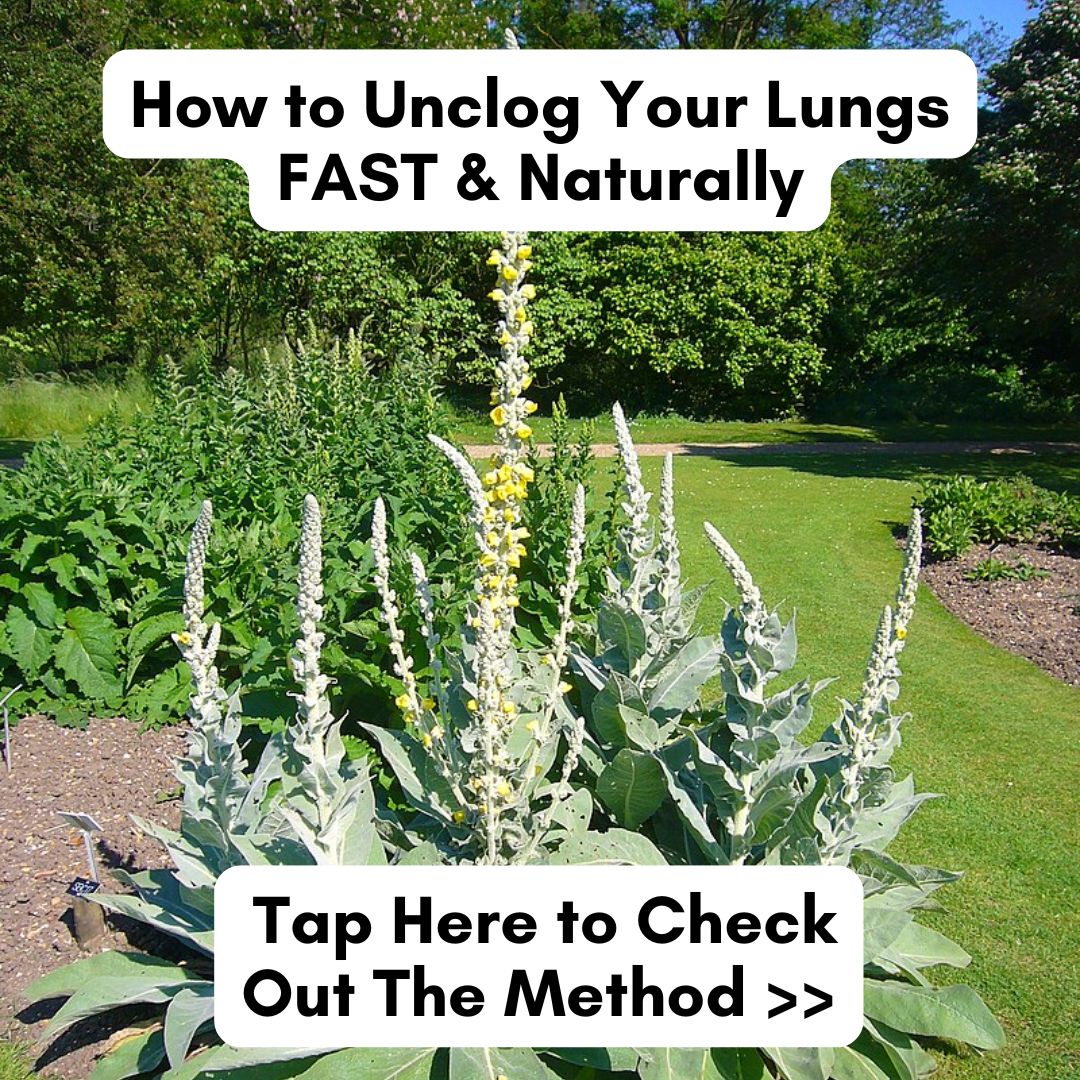
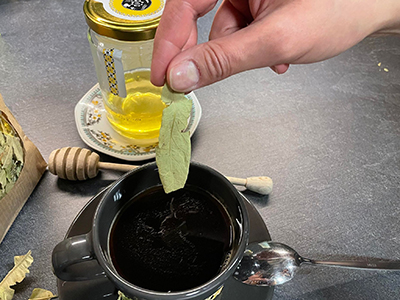
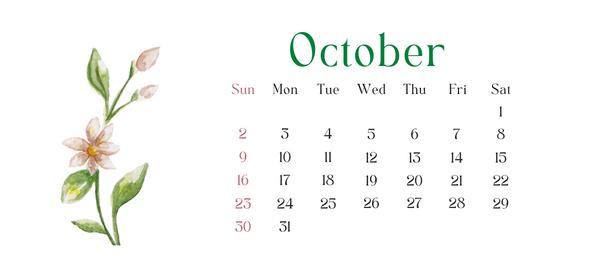
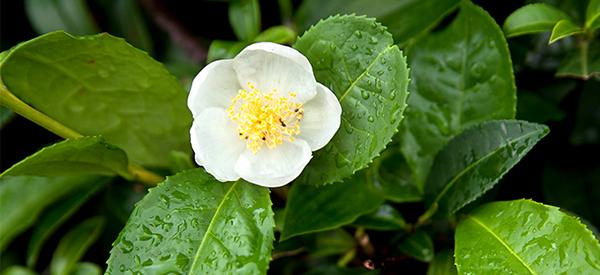
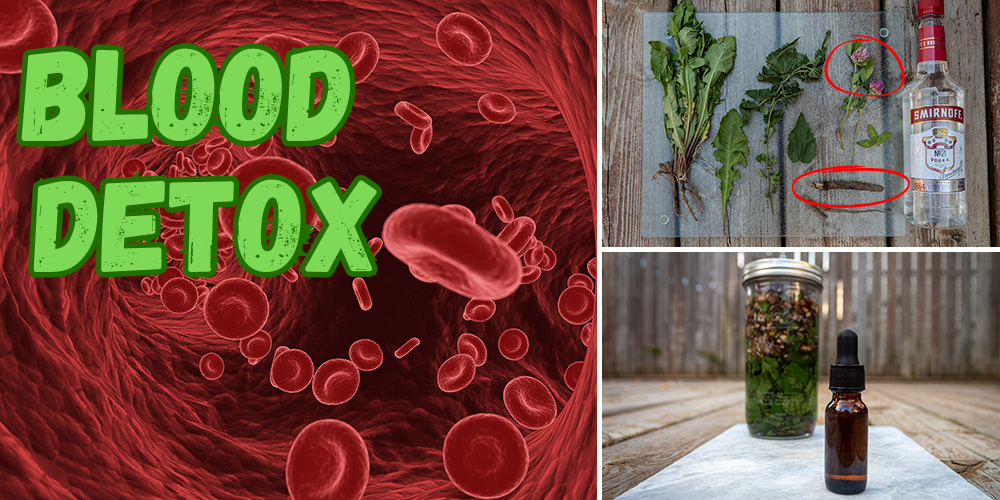
Can comfrey be toxic to the liver if you use it as a salve on the skin?
Only if you apply it to broken or damaged skin
Good read! We often talk about the benefits of plants but tend to overlook the fact that many contain substances that can actually harm us. After all, they need to protect themselves from us vegetarians too, right? :))
And there are MANY that can hurt us!
How can I order the book
You can order the book here: https://www.the-forgotten-home-apothecary.com/book/?affiliate=easycellar&tid=C02ToxicHerbsFHA